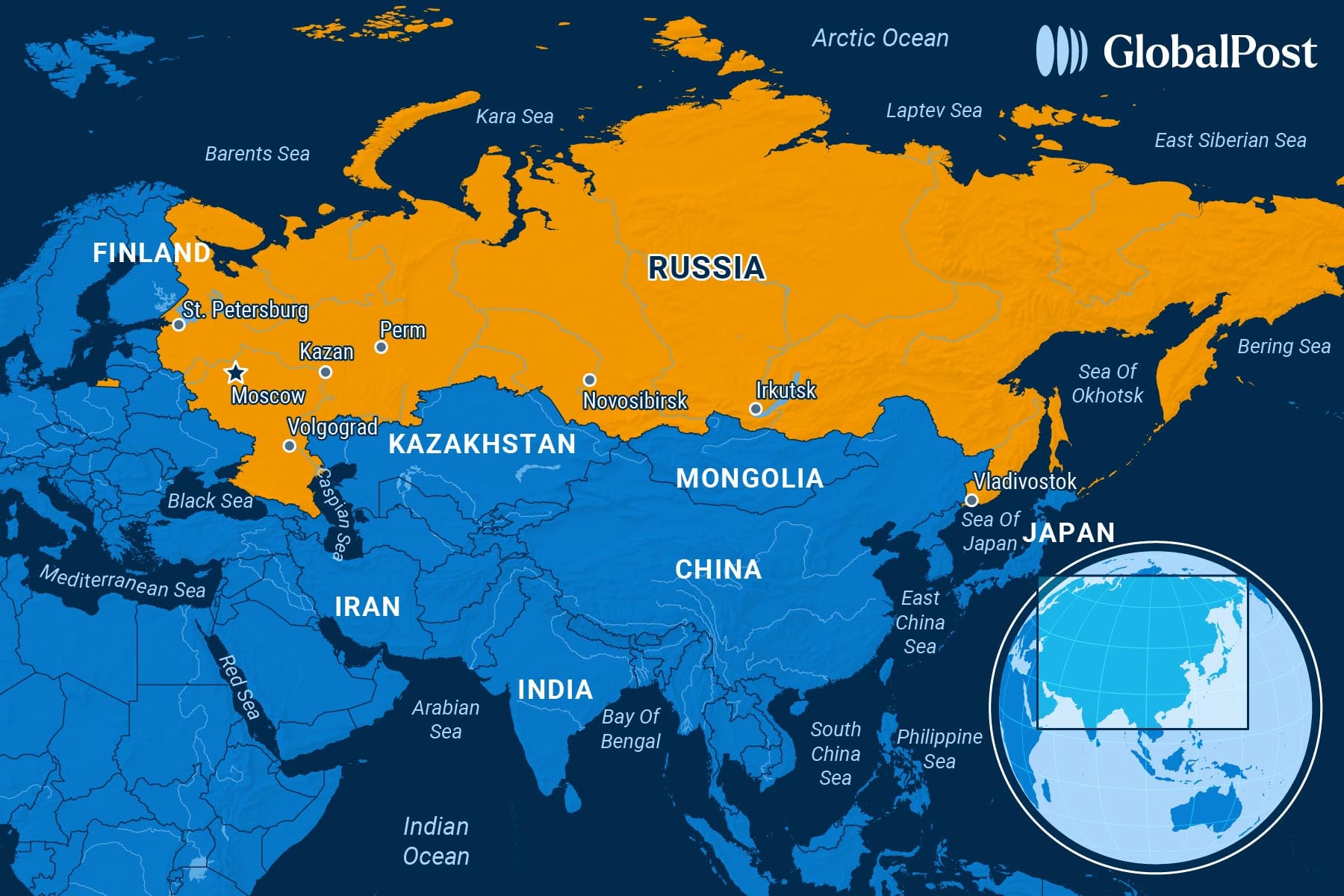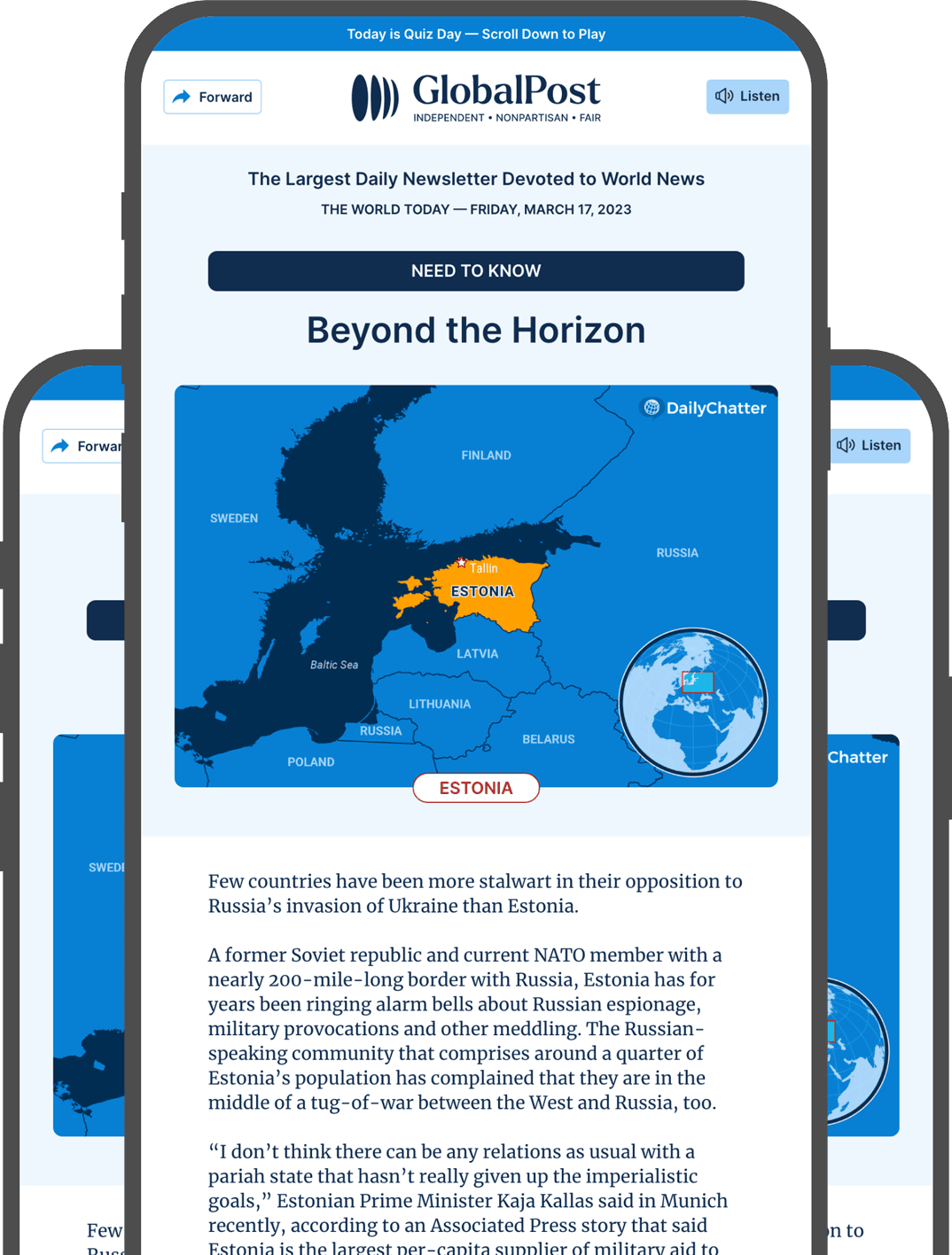Russia’s Love-Hate Relationship With Migrants Leads To New Crackdown

Russian officials have proposed hiking the fees that foreign laborers pay for the privilege to work in the massive country. The new fees would add to the bevy of bureaucratic hurdles that migrants face when working in offices and restaurants in cosmopolitan cities like Moscow and Saint Petersburg, or hazardous jobs like oil drilling or mining in Siberia, the Diplomat wrote.
As in most Western countries, Russian officials are grappling with rising anti-migrant public sentiment and are moving to restrict foreigners moving to the Motherland – unless they are truly useful as weapons against their enemies, analysts say.
As a result, the proposals underscore Russia’s love-hate relationship with migrant labor. Russian lawmakers had already enacted laws earlier this year that allow officials to expel migrants more easily. This crackdown, however, occurred as the country needs foreign workers. Around 10.5 million migrants, mostly from Central Asia, are now employed in Russia’s “labor-starved economy,” the Moscow Times added.
The need arises because Russian families have been shrinking for generations, and the country faces demographic decline as low birth rates take their toll on the total Russian population of around 146 million. In 2024, births in Russia fell to 1.22 million – the lowest level since 1999 – while deaths increased by 3.3 percent to 1.82 million, according to official data. As Business Insider reported, the country faces a labor shortage of 11 million people over the next five years.
Want to read more of GlobalPost? Sign up to receive our newsletter every weekday.
Putin has made population growth a national priority, calling it a matter of “ethnic survival” and encouraging women to have as many as eight children, the news outlet added.
Yet an animus against migrants in Russian politics – critics at Ukrainian news outlet United24 Media squarely blamed racism – drives the government to squeeze those who are among the most necessary to Russia’s economy – namely Central Asian migrants, who number about 10 million.
Last year’s deadly terrorist attack on the Crocus City Hall concert venue outside Moscow and the subsequent arrest of Tajik nationals suspected of carrying out the attack led to a spike in anti-migrant sentiment against Central Asians, with police raids on migrant communities across the country that saw tens of thousands of migrants detained. The situation was so dire and the harassment so extreme that it led the Tajik government to warn its nationals not to travel to Russia.
Still, there are certain situations in which Russia welcomes foreigners, usually involving its fight against the West.
For example, in recent years, it has opened its doors to “moral migrants” – those Westerners who relocate to Russia “in search of the traditional, conservative values they feel are eroding in the liberal West,” the Washington Post wrote.
Want to read more of GlobalPost? Sign up to receive our newsletter every weekday.
“Their journey reflects the ideological narrative Putin has spent years crafting: Russia as the guardian of family-centered traditions amid a Western world spiraling into moral and social decay,” it added, noting their stories are used by Kremlin-backed influencers and in state media to shore up the propaganda exported abroad that Russia is a bastion of traditional values in an attempt to discredit the West.
Russia started two officials programs last year to promote moral migrants, seeing it as a “humanitarian mission”: The “shared values” visa – also known informally as the “anti-woke” visa – is available to individuals from 47 countries Russia considers unfriendly, including the United States, United Kingdom, and most of the European Union; and “Family – Russia,” focused on those who have chosen to leave the West and settle in Russia.
Meanwhile, Russia especially welcomes migrants to fight its battle with Ukraine as a way to avoid further conscription and upset the Russian public. As a result, thousands of migrants have been killed in a way they never expected to fight, and were often tricked or exhorted to do so, explained Radio Free Europe.
“The war in Ukraine has many fronts – but one of the most insidious runs deep inside Russia itself: through detention centers, migration offices, and construction sites, where thousands of Central Asian migrants are being recruited – or coerced – into dying for a war they never chose,” lamented the Atlantic Council.
It added that there are about 3,000 Central Asian migrants from within Russia serving on the front, the second largest group of foreigners after North Koreans leading to “body bags quietly sent home, pleas for help from the trenches, and recruitment videos shot behind barbed wire.”

Subscribe today and GlobalPost will be in your inbox the next weekday morning
Join us today and pay only $46 for an annual subscription, or less than $4 a month for our unique insights into crucial developments on the world stage. It’s by far the best investment you can make to expand your knowledge of the world.
And you get a free two-week trial with no obligation to continue.
